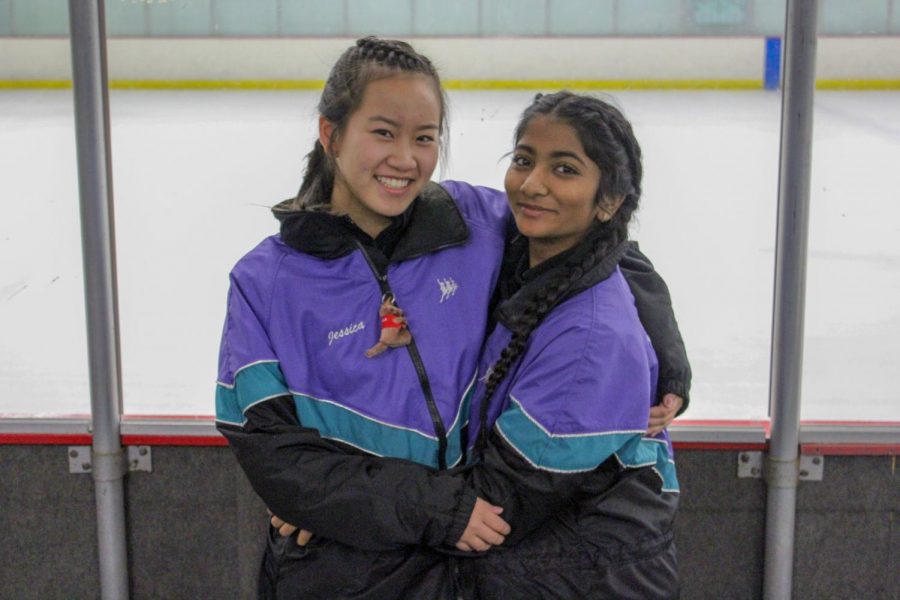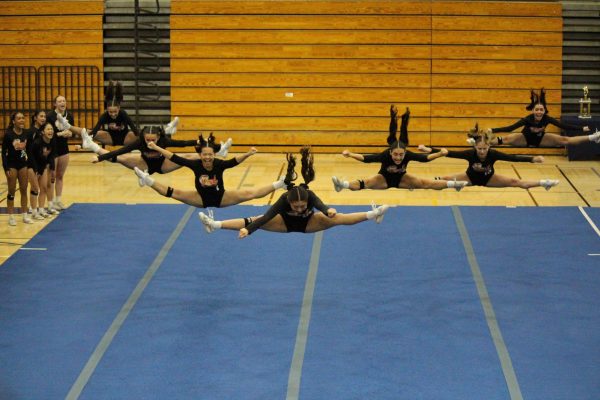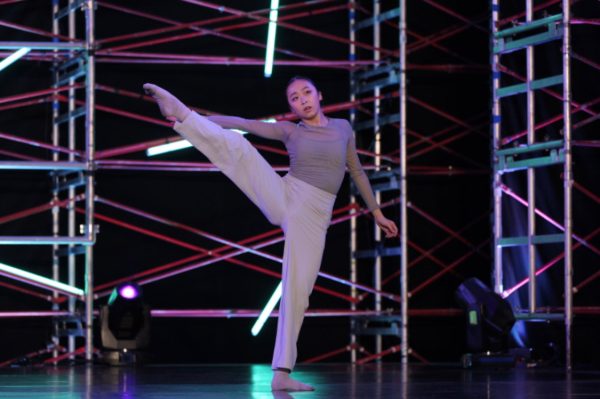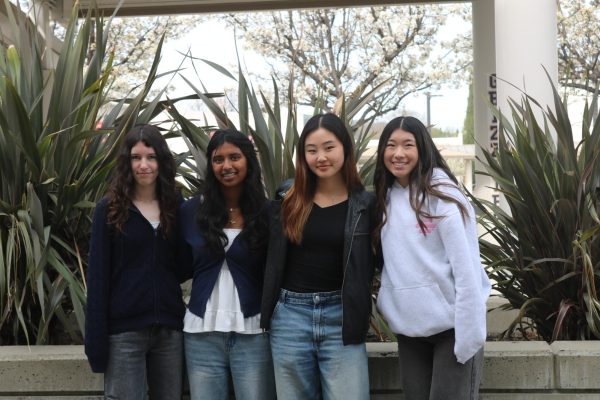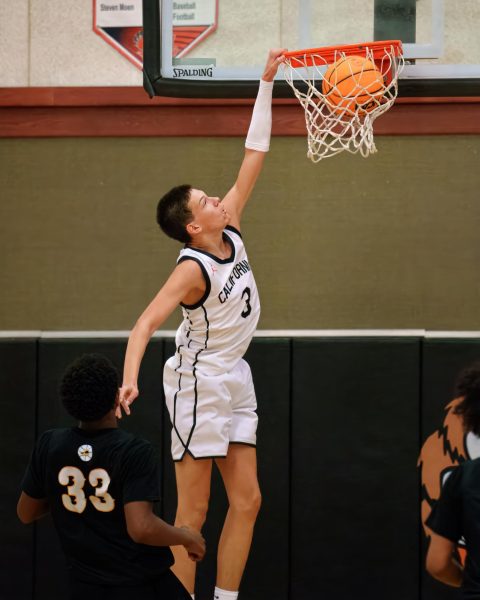Cal’s skating pair is in complete synchronicity
Sophomores Rujula Ptole. Jessica Chan compete for Silver Stars team.
While most students are still sleeping, sophomores Rujula Patole and Jessica Chan head to the ice rink every Sunday morning at 5:45 a.m. to practice jumps and prepare their programs.
The two of them compete in synchronized figure skating, a sport where camaraderie and chemistry is vital.
Patole was introduced to skating by her older sister, Radha Patole, and has been synchronized skating since fifth grade. She introduced the sport to Chan, who has been skating since eighth grade and skates with Patole on the Silver Stars Synchronized Ice Skating team.
Synchronized figure skating is a team sport in which eight to 20 people skate together. The team is judged according to the same system as singles, pair skating and ice dancing.
The US Figure Skating Association team has competed on both a national and state level, winning prestigious honors at competitions such as gold medals (junior, 2017) and bronze medals (open juvenile, 2017) at the US Synchronized Skating Pacific Coast Sectionals. The team has competed from California to Chicago.
Despite the star-studded record of the team, synchronized skating hasn’t always been a smooth path for Patole and Chan.
“The most difficult part of synchronized skating is communicating with your team because synchronized skating means you are judged as a group so you win as a team or you lose as a team,” Chan said.
Team dynamics are an important part of both the scoring and the performance, and a good rapport is essential for synchronized skating.
Despite the hardships and difficulties the skaters have experienced, they have learned valuable lessons.
“I’ve learned to balance life and balance on the blades,” Patole said.
“Skating has made Jessica more responsible because synchronized skating is a lot of commitment,” Chan’s mother Cindy Chan said. “Jessica wakes herself up at 5:30 so skating has taught her a lot about dedication and sacrifice.”
Patole and Chan agree that the most important part of synchronized ice skating is the team.
“The longer the core group of the team is together, the stronger the bond and connection they share on the ice,” Silver Stars coach Laura Erle said.
The team also formed a close bond and developed common interests, such as the love for the “High School Musical” protagonist.
“[My favorite memory] is being a cult and worshiping Troy Bolton from time to time,” Patole said.
Teams are evaluated on their technical elements and program component as well as skating skills, transitions, performance, composition, interpretation of the music, and timing.
Regardless of the level, all teams perform free skates with technical elements, while teams at the junior and senior levels perform a short program, with more guidelines as well.
Elements in synchronized skating include blocks, circles, wheels, lines, intersections, move elements, creative elements, no holds elements, spins and pairs moves.
The variety and difficulty of elements require that each team member is a highly skilled individual skater, according to the USFSA.
Despite the many highs and lows of synchronized figure skating, Patole and Chan continue to achieve more and become better in their discipline.
“I stay motivated through teammates that encourage me to keep going and laugh when I fall,” Chan said.
